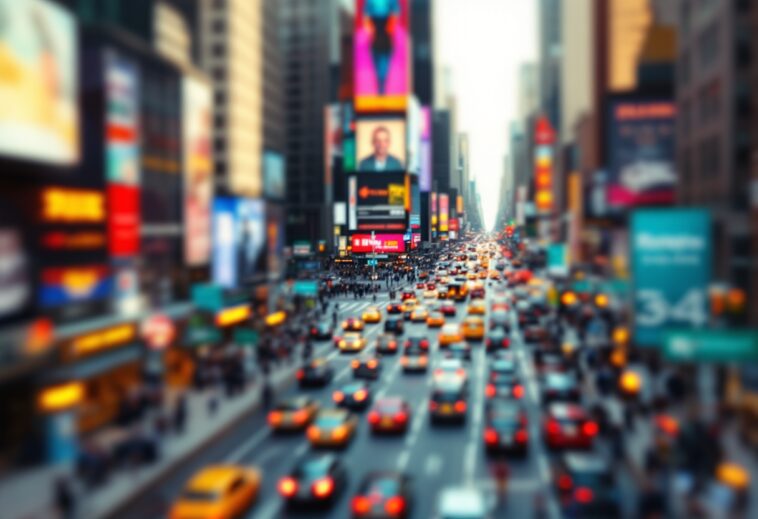Table of Contents
Understanding congestion pricing in New York City
New York City has recently introduced a controversial congestion pricing scheme aimed at reducing traffic and funding public transportation improvements. This initiative charges drivers between $9 and $21.60 per day for entering the Congestion Relief Zone, which encompasses the area below 60th Street in Manhattan.
While the intention behind this policy is to alleviate traffic congestion and enhance the city’s public transport system, it has sparked significant debate among residents, especially regarding its fairness and economic impact.
Exemptions for diplomats: A contentious issue
One of the most contentious aspects of the congestion pricing plan is the exemption granted to diplomats and personnel from international organizations, including the United Nations.
This exemption has raised eyebrows among local officials and residents alike. For instance, New York City Republican Councilwoman Vickie Paladino expressed her frustration, questioning why local truck drivers should bear the financial burden of congestion fees while foreign diplomats enjoy immunity from such charges.
This sentiment resonates with many New Yorkers who feel that the system is skewed in favor of those who are not contributing to the city’s infrastructure costs.
The economic implications for local workers
The financial strain of congestion pricing is particularly acute for lower-income workers.
Reports indicate that emergency medical technicians (EMTs) and paramedics are considering transferring from stations within the Congestion Relief Zone due to the prohibitive costs associated with entering the area. With many workers earning less than $19 per hour, the additional $45 weekly charge becomes a significant financial hurdle.
Critics argue that this policy disproportionately affects the middle and lower classes, further exacerbating economic inequalities in a city that is already grappling with the aftermath of the COVID-19 pandemic.
Public sentiment and future considerations
As New Yorkers navigate the complexities of congestion pricing, public sentiment remains divided.
While some argue that the initiative is a necessary step toward a more sustainable urban environment, others view it as an unfair burden on local residents. The future of this policy will likely depend on how effectively the city can demonstrate its benefits, particularly in terms of improved public transportation and reduced traffic congestion. As the debate continues, it is crucial for city officials to address the concerns of residents and ensure that the implementation of congestion pricing does not come at the expense of those who call New York home.




